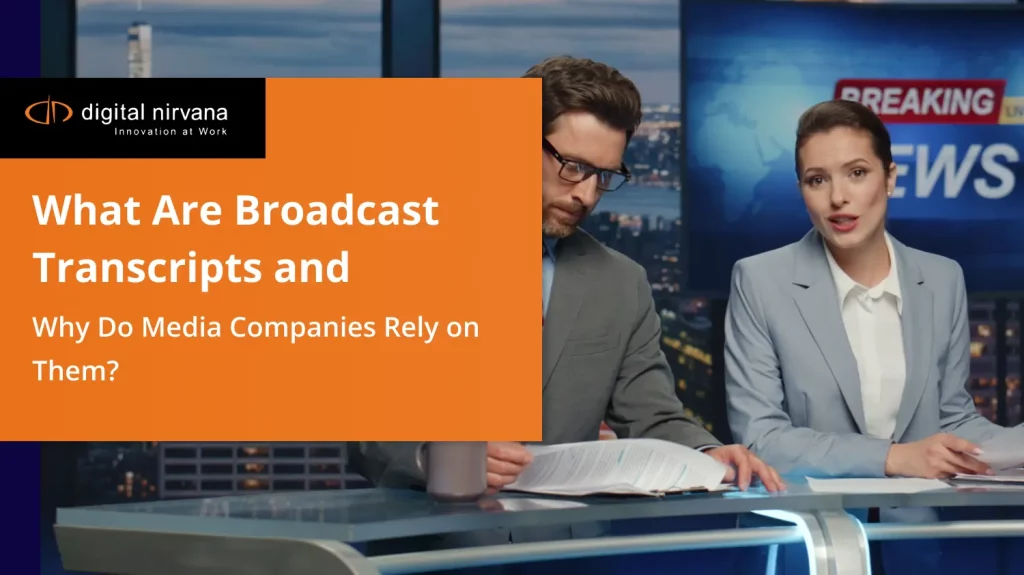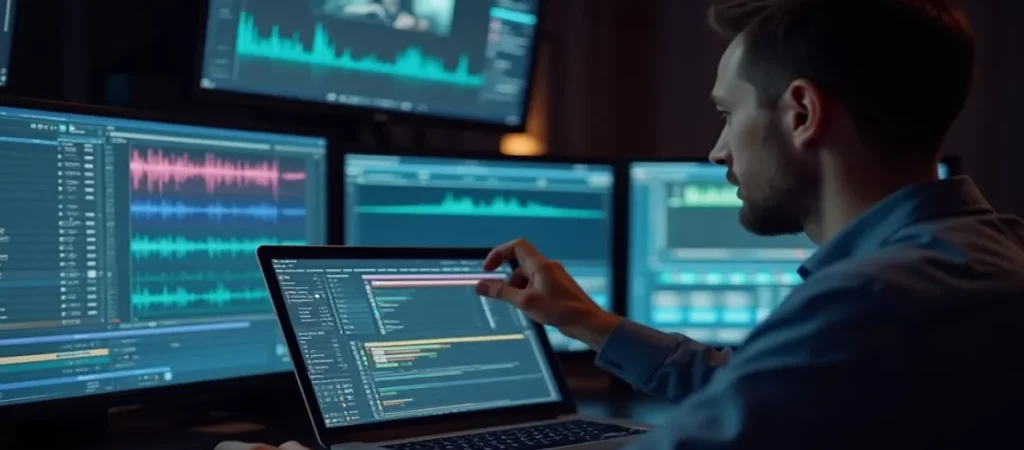We know that the most commonly used subtitles are –
- Subtitles for deaf and hard of hearing (SDH)
- Non-subtitles for d/Deaf and hard of hearing (non-SDH)
- Forced narrative (FN) subtitles
We have previously covered essential topics like the difference between closed captions and subtitles and the difference between SDH and non-SDH subtitles. In this blog, we will explain forced narrative subtitles and their uses.
What are forced narrative subtitles?
Forced narrative subtitles, also known as “forced subs” or “forced captions,” are subtitles or captions included in a film or television show to provide important context or information to the viewer.
Forced narrative subtitles are a specialized type of subtitle that are “forced” onto the screen, meaning that they are displayed regardless of whether the viewer has turned on subtitles or closed captions. They are typically used to provide important context or information critical to understanding the story but that cannot be easily conveyed through visuals or audio alone. Unlike traditional subtitles or closed captions, which are optional and can be turned on or off by the viewer, forced narrative subtitles are designed to be displayed on the screen no matter what.
One of the most common uses of forced narrative subtitles is for translating foreign-language dialogue in films and television shows. For example, if a movie has characters speaking in Spanish, but the intended audience is primarily English-speaking, then forced narrative subtitles might be used to translate key lines of dialogue that are necessary for understanding the plot. Similarly, if a television show features characters reading or writing something in a foreign language, forced subs might be used to provide a translation.
Forced narrative subtitles can also provide additional context or information that is not conveyed through dialogue or visuals alone. For example, a movie might use forced subs to provide historical or cultural context for a particular scene or event or to explain a complex scientific concept that is important for understanding the plot. In some cases, forced narrative subtitles might even be used to provide clues or hints about a mystery or plot twist that is not immediately obvious.
Uses of forced narrative subtitles
Forced narrative subtitles are useful in a variety of situations where it is important to provide critical information for understanding the story that may not be immediately apparent through visuals or audio alone. Here are some common use cases for forced narrative subtitles:
- Translation of foreign-language dialogue: As I mentioned earlier, one of the most common uses of forced narrative subtitles is to translate foreign-language dialogue. This is especially important in films and television shows that feature multilingual characters or take place in countries where multiple languages are spoken.
- Signage or written text translation: Forced subs can also be used to translate written text that appears on screen, such as signs, labels, or written documents. This is particularly useful when the text is written in a language the viewer may not understand.
- Cultural or historical context: In some cases, forced narrative subtitles may be used to provide context or information about the cultural or historical background of a particular scene or event. For example, a film set in a different time period or country might use forced subs to explain certain important customs or traditions for understanding the story.
- Scientific or Technical Information: Some films or television shows may include complex scientific or technical information critical for understanding the plot. Forced narrative subtitles can be used to provide explanations or definitions of these concepts for viewers who may not be familiar with the terminology.
- Clues or hints: In specific genres, such as mystery or thriller, forced narrative subtitles may provide subtle clues or hints about the plot or characters. This can add an extra layer of depth and intrigue to the story and encourage viewers to pay closer attention to the details.
Forced narrative subtitles are essential for filmmakers and content creators who want to ensure that their audience fully understands and appreciates their work, regardless of language barriers or other challenges. Providing essential context and information through subtitles that are “forced” onto the screen, help to make the viewing experience more inclusive and accessible to a broader audience.




